One of the most common of all cosmetic procedures, abdominal liposuction is a technique for recontouring the body by permanently removing fat deposits from the abdomen. The tendency to accumulate fat in the abdomen may be inherited, and this fat is often especially resistant to diet and exercise.
Many patients become discouraged at having lost unwanted kilos without seeing a flatter abdomen. The overall proportions of the body may be unbalanced, or the abdomen may simply have retained areas of fatty tissue that cause it to protrude. In these cases, liposuction can successfully trim excess fat in the midsection for a flatter abdomen and more slender, balanced shape.
Who is a good candidate for Stomach Liposuction?
Liposuction on the stomach will potentially help any person who has fat above the muscle wall. It is fairly easy to establish if the stomach fat is removeable by grabbing it in your hand. If your stomach feels hard to the touch and you cannot grab the fat then it is most likely below the muscle despite having a outward belly protrusion. Liposuction is also not the solution for obese people who will need other types of surgeries.
Finally, a failing abdominal muscular wall cannot be corrected by a liposuction. It is then necessary to have a tummy tuck.
To benefit from a liposuction of the stomach, the patient has to have a good quality of skin, flexible and a good elasticity. A diet can be recommended before the procedure.
How is abdominal liposuction performed?
A first consultation is needed, to examine the general health of the patient and to evaluate the state of the abdominal wall and the volume of fat.
Before surgery, the surgeon will mark the precise areas of the body where the fat is to be removed. An intravenous line will be inserted in a vein in your arm to make sure the fluid level in your body stays within healthy limits throughout the procedure and you will be given a sedative for relaxation.
During abdominal liposuction, the surgeon makes a tiny incision in the skin, and inserts a thin tube called a cannula into the fatty area. a first cannula is used to inject a saline solution containing a local anesthetic into the area to be treated, which makes the fat deposits easier to break up and extract. This extra fluid also minimizes trauma to the surrounding tissue, reducing swelling and post-operative pain, then a second canula is used to break up the fat deposits and sculpt the area to the desired proportions. The unwanted fat is removed with a powerful vacuum, leaving the skin, muscles, nerves, and blood vessels intact.
Liposuction Risks and limitations
Although liposuction is the most commonly performed cosmetic plastic surgery procedure in the world, and the majority of these operations are successful, there are risks and limitations to the procedure, as with any surgery. The liposuction of the stomach can cause small bleedings and bruises.You will wear a compression garment during two weeks. You should be able to get back to work within a few days if your work is not physically active. You should avoid difficult activities and sports for 15days.
Even the day after surgery, the cosmetic improvement is easily noticeable. For several few days, a gradual swelling will occur as the drainage ceases and the inflammatory healing process begins. The swelling will last one to three months. The edema that results from abdomen liposuction typically takes longer than edema in other treated areas. For the first one to four months, some swelling and lumpiness are normal.
See the results
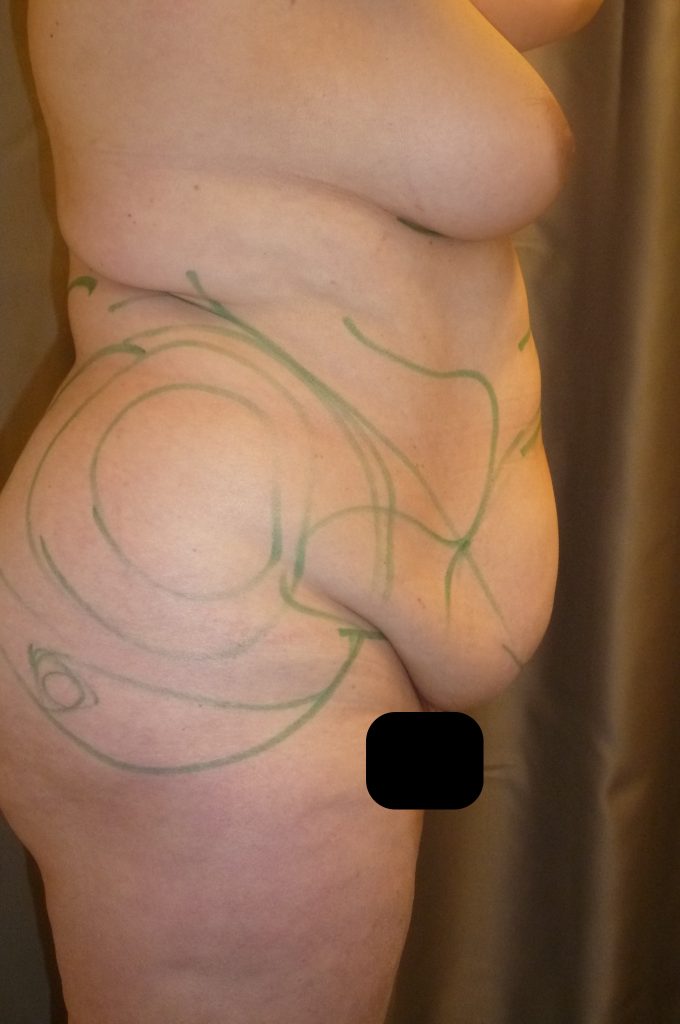 |
 |
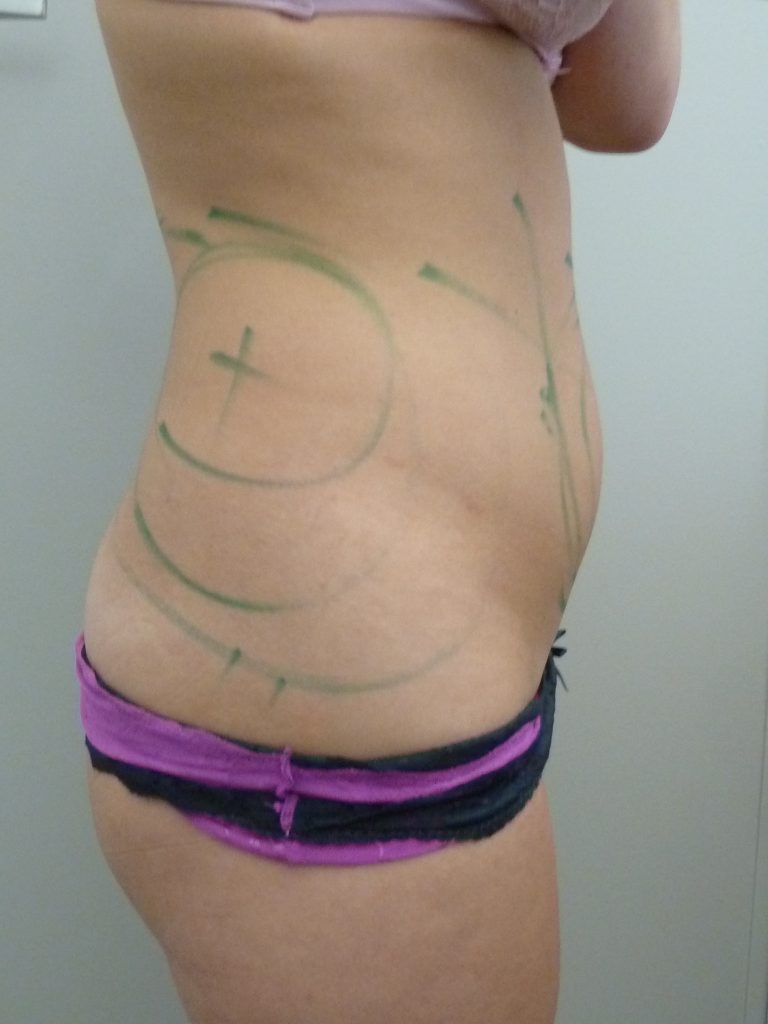 |
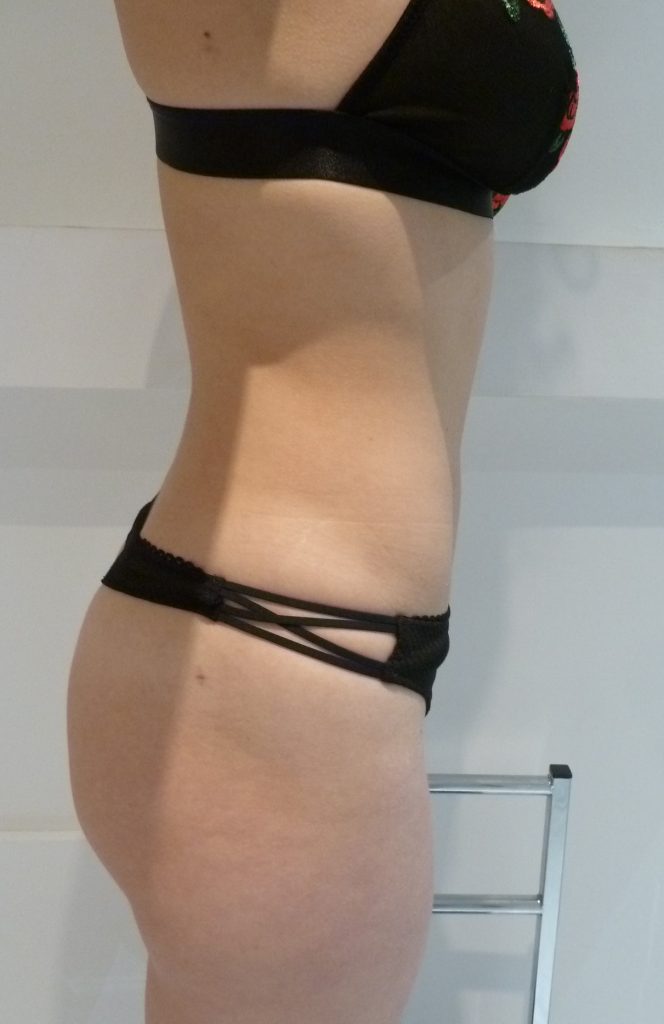 |
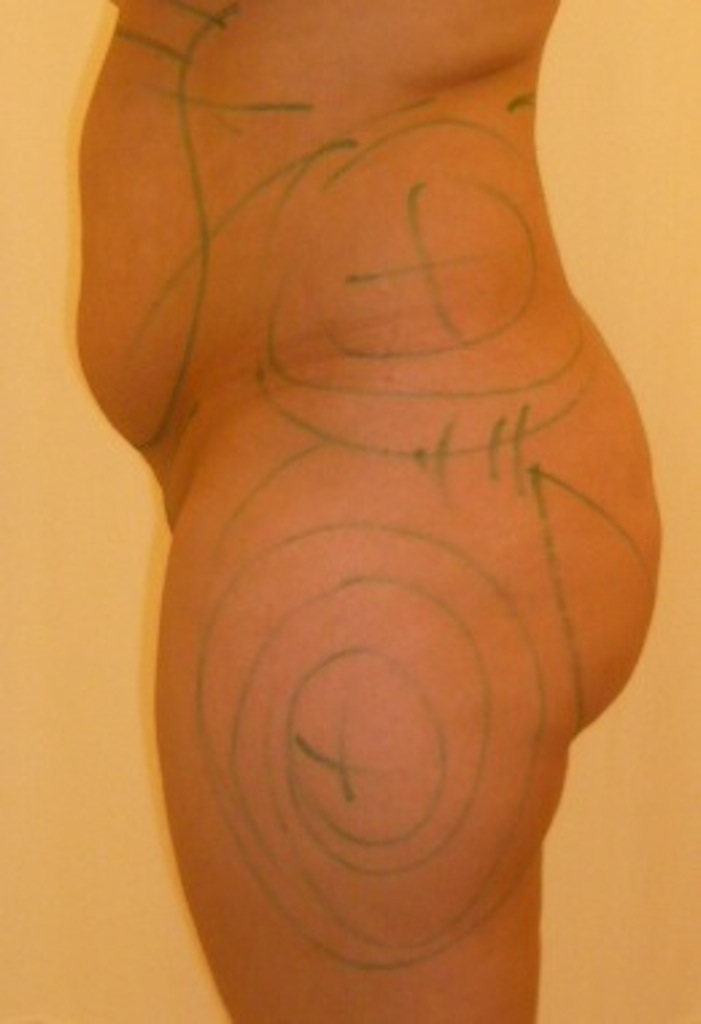 |
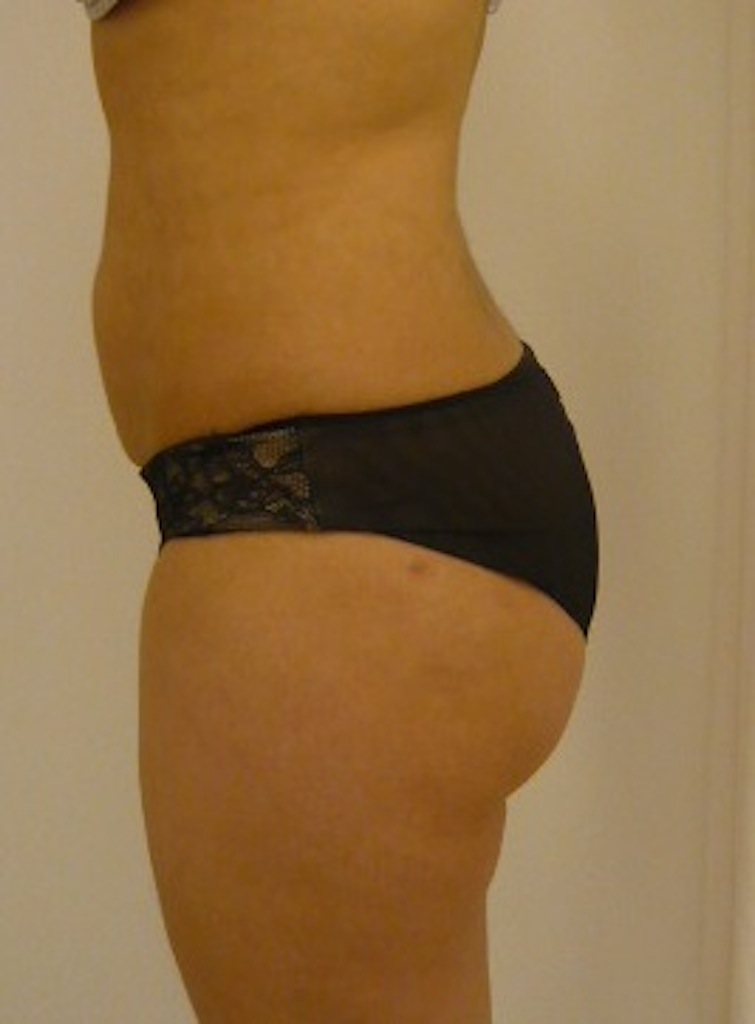 |



